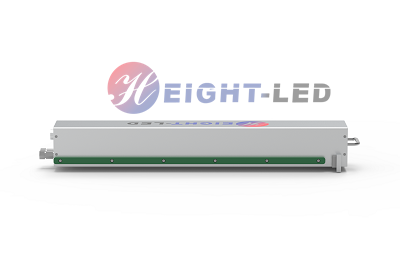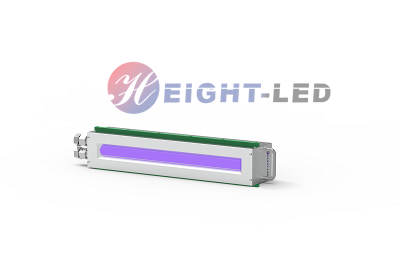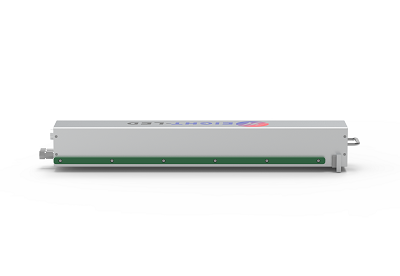The difference between screen printing, flexo printing and offset printing
Screen printing, flexo printing, and offset printing are three distinct printing processes, each with its own set of characteristics and applications. Here's a brief overview of the differences between these printing methods:
Screen Printing:
Process: Screen printing, also known as silk screen printing, involves the use of a mesh screen onto which a stencil is applied. Ink is forced through the open areas of the stencil and onto the substrate using a squeegee.
Application: It is commonly used for printing on various materials like paper, textiles, plastics, glass, metals, and more.
Advantages: Screen printing can produce vibrant and opaque colors, making it suitable for printing on dark or colored substrates. It also allows for thick ink layers and special effects like raised textures or embellishments.
Limitations: It is slower compared to other printing methods, making it less ideal for large-volume production. It is best suited for medium to small print runs and specialized applications.

Flexo Printing (Flexography):
Process: Flexo printing uses flexible photopolymer plates with raised images. The plates are inked and then the inked image is transferred to the substrate using a rotating cylinder with a rubber or polymer surface called anilox roller.
Application: Flexo printing is commonly used for packaging materials like corrugated cardboard, flexible packaging (e.g., plastic bags), labels, and newspapers.
Advantages: Flexo printing is a high-speed process suitable for large-scale production. It can print on various types of substrates, including uneven surfaces.
Limitations: The print quality of flexo is generally lower compared to offset printing, especially when it comes to fine details and color gradients.

Offset Printing:
Process: Offset printing is a lithographic printing process that involves transferring ink from a printing plate to a rubber blanket and then to the substrate. The image on the plate is not directly in contact with the substrate.
Application: Offset printing is widely used for high-quality commercial printing, such as brochures, magazines, books, stationery, and packaging.
Advantages: It provides excellent image quality with sharp details, smooth color gradients, and precise registration. Offset printing is suitable for large print runs.
Limitations: Offset printing requires setup time, making it less cost-effective for small print runs. Additionally, it is not well-suited for printing on certain non-porous materials.
In summary, screen printing is ideal for specialized applications and unique effects, flexo printing is suitable for the high-speed production of packaging materials, and offset printing is preferred for high-quality commercial printing with large print runs. The choice of printing method depends on factors like the substrate, desired print quality, volume of production, and the specific requirements of the printing project.
You May Also Like:UV Led Flexo Printing

